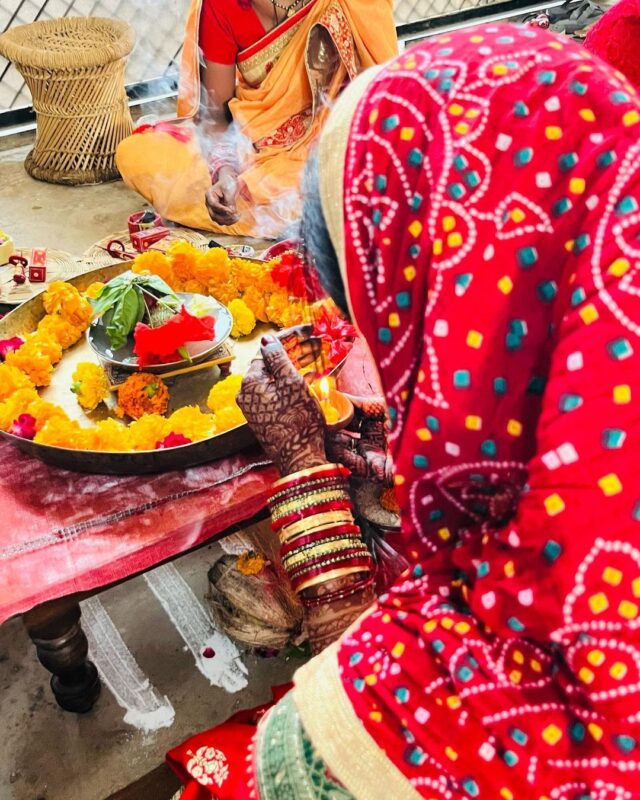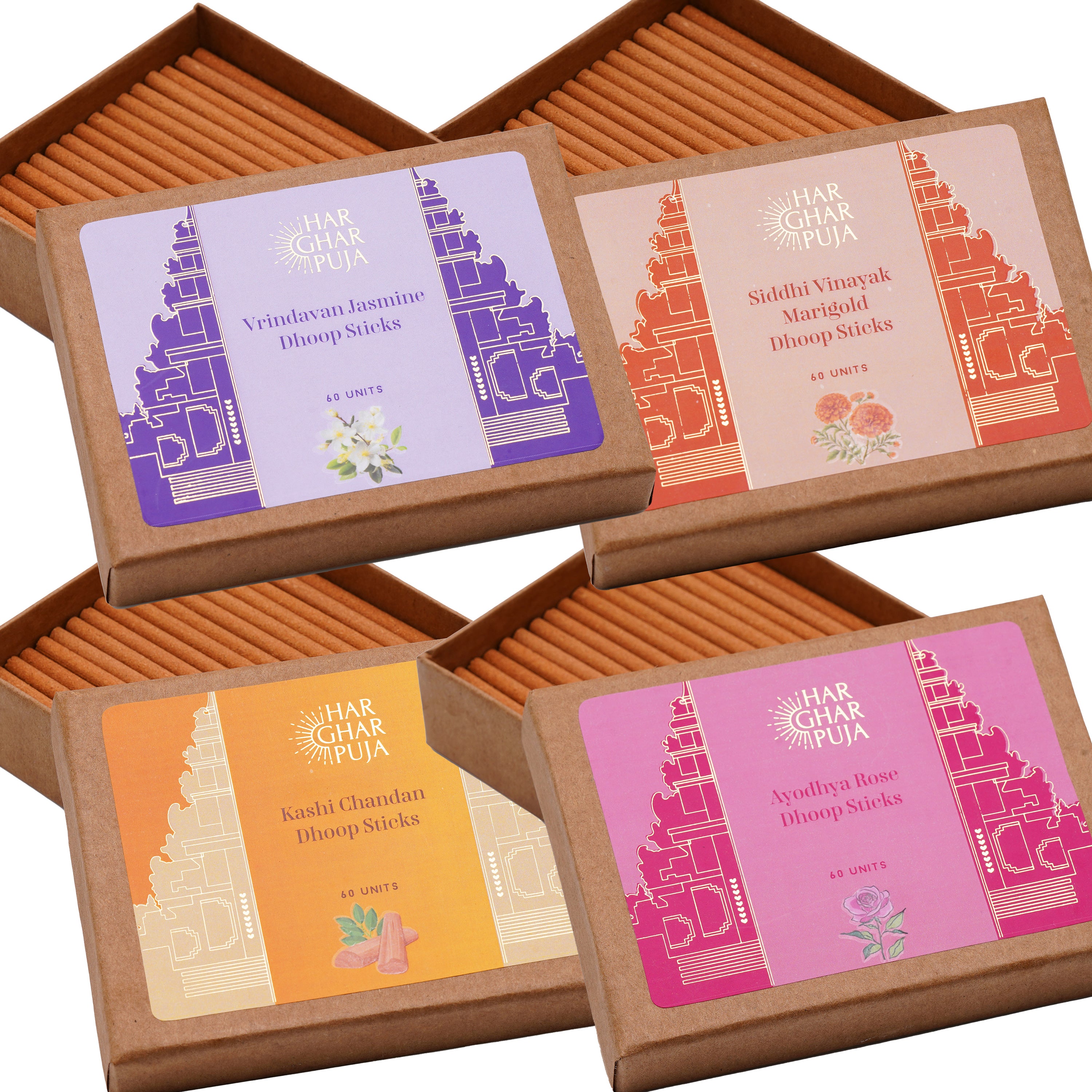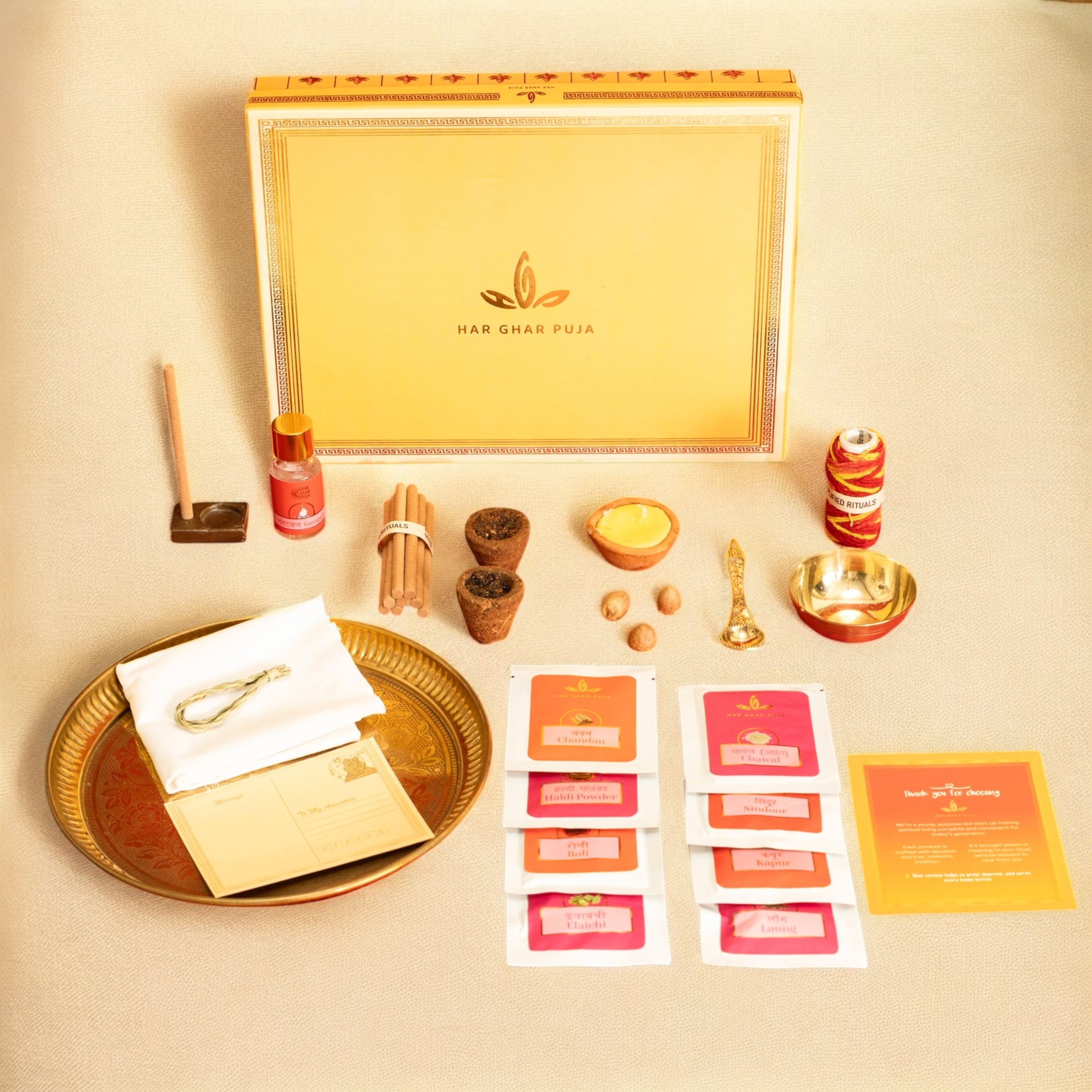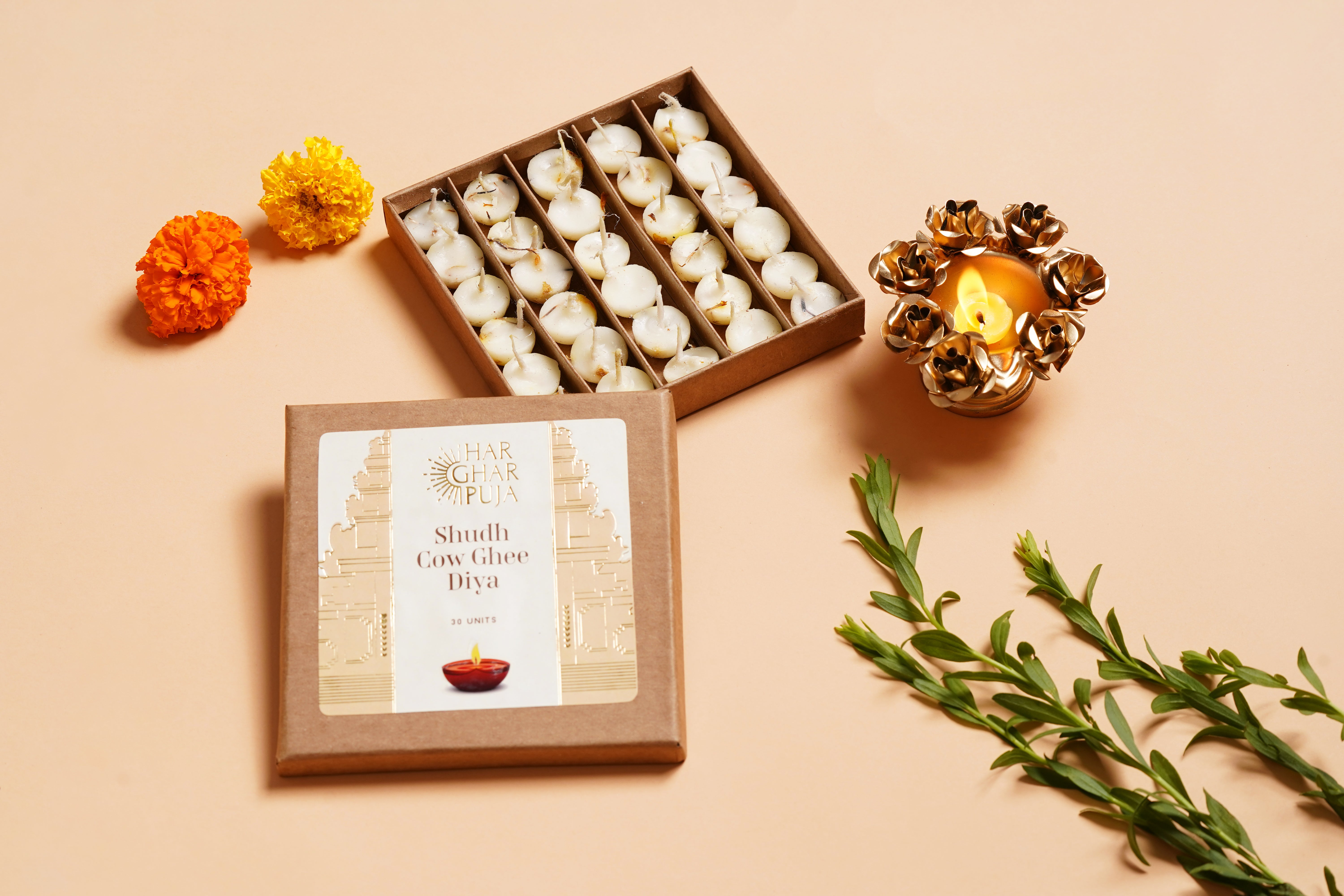In Hinduism, festivals serve as a vital bridge to worship God, each carrying its own unique religious significance and purpose. One such festival, celebrated with great enthusiasm and reverence, is Hariyali Teej. This festival holds a special place in the hearts of married and unmarried women alike, symbolizing devotion, marital bliss, and the beauty of nature.
Significance of Hariyali Teej
Hariyali Teej, also known as Kajli Teej in some regions, is celebrated every year on the Tritiya (third day) of Shukla Paksha (waxing phase of the moon) in the month of Shravan (July-August). This period, known as the month of Sawan, is marked by lush green landscapes, making the festival’s name, which translates to “Green Teej,” particularly apt.
The festival’s importance is deeply rooted in Hindu scriptures, where it is said to bring marital bliss and long life to husbands. Married women observe a fast and perform the ‘16 Shringar’ – sixteen traditional adornments – praying for their husband’s well-being. Unmarried girls also participate, fasting in hopes of finding a desirable spouse.
Rituals and Celebrations
Hariyali Teej is celebrated with a series of rituals that highlight the rich cultural traditions of Hinduism. On this day, women dress in green attire, symbolizing the lushness of nature, and adorn themselves with green bangles and intricate mehndi (henna) designs on their hands and feet. The application of mehndi is not only a beauty ritual but also believed to have cooling and medicinal properties that calm the mind and body.

The festival is also a time for communal harmony and familial bonds. Elders, especially mothers-in-law, present gifts such as clothes, jewelry, makeup items, and sweets to the new brides, symbolizing their wishes for the bride’s everlasting beauty and happiness. These gestures reinforce family ties and traditions, ensuring that the cultural values are passed down through generations.
The Mythological Connection
The Bhavishya Purana, an ancient Hindu text, narrates the story of Goddess Parvati and her penance. It is believed that after a hundred years of intense penance on the Tritiya Tithi in Sawan, Parvati was granted the boon of marrying Lord Shiva. In honor of this divine union, both unmarried and married women observe the fast, praying for marital happiness and a blessed conjugal life.
A Day of Joy and Festivities

Hariyali Teej is not just about fasting and rituals; it is also a day of joy and festivities. Women come together to sing folk songs, dance, and swing on beautifully decorated swings, celebrating the rejuvenation of nature and their bonds of sisterhood. The festival brings out the vibrant colors of life, with marketplaces bustling with vendors selling traditional items and women enjoying the festive atmosphere.
When is Hariyali Teej?
According to the Panchang, Hariyali Teej 2025 will be celebrated on 27th July 2025, during the Tritiya Tithi of Shukla Paksha in the Sawan month, which begins at 10:41 PM on 26th July and ends at 10:41 PM on 27th July.
Recitation of mantras on Hariyali Teej
- Om Umamaheshwarabhyam Namah (ॐ उमामहेश्वराभ्यां नम:)
- Om Gauraye Namah (ॐ गौरये नम:)
- Om Parvatyai Namah (ॐ पार्वत्यै नम:)
Mantra for women who want a child
- Om Samb Shivay Namah (ॐ साम्ब शिवाय नम:)
- Muni Anushasana Ganapatihi Pujahu Shambhu Bhavani (मुनि अनुशासन गनपतिहि पूजेहु शंभु भवानी।)
Shlok for unmarried girls …
O Gauri Shankarardhangi, Yatha Tvam Shankar Priya. (हे गौरी शंकरार्धांगी, यथा त्वं शंकर प्रिया।)
Tatha Maa Kuru Kalyani, Kanta Kanta Sudurlabham (तथा मां कुरू कल्याणी, कान्त कान्तां सुदुर्लभाम्।।)
Hariyali Teej is a beautiful amalgamation of devotion, cultural traditions, and the celebration of nature’s bounty. It reflects the essence of Hindu festivals, where religious rituals are intertwined with daily life, bringing communities together in a shared expression of faith and joy. As the green landscapes of Sawan bloom, so does the spirit of Hariyali Teej, filling hearts with love, devotion, and the promise of prosperity.
Check when is Hartalika Teej in 2025 – Link
Check when is Kajri Teej in 2025 – Link
Check when is Haryali Teej in 2025 – Link







